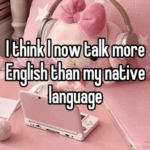A Business Model That’s Working a Little Too Well
How beauty brands profit off female self-doubt.
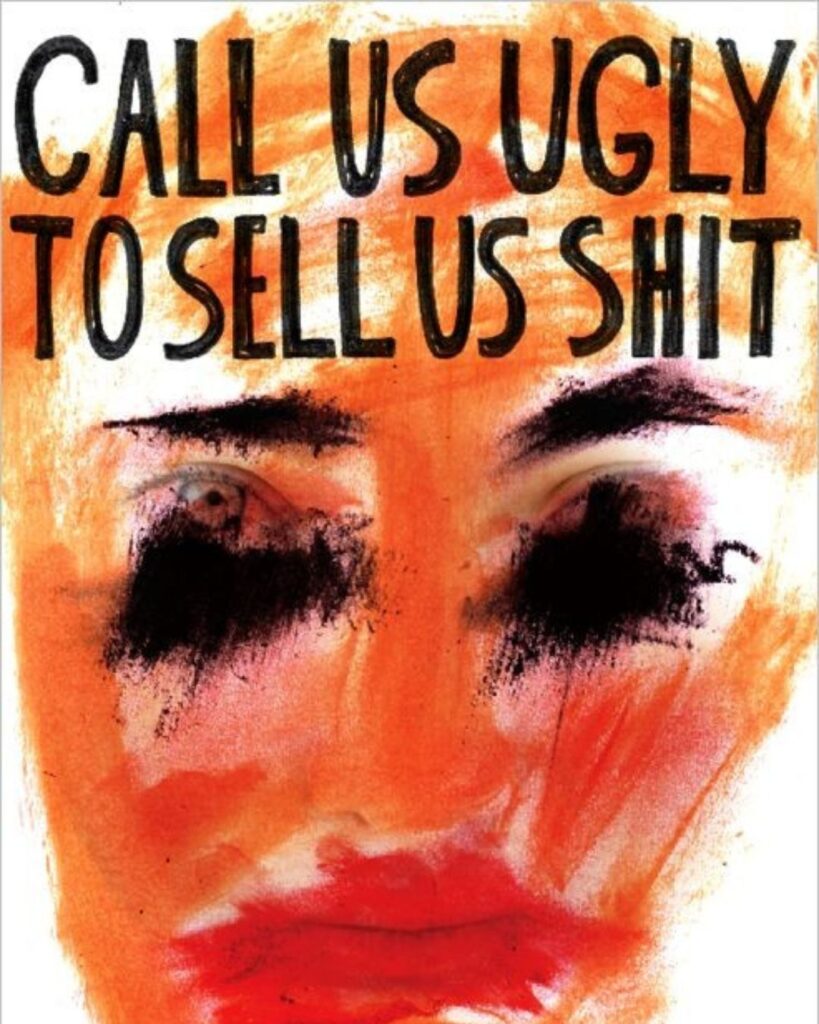
Insecurities: the universal currency. Do you think your acne is just a hormonal/teenage phase? The beauty industry thinks it’s a lifetime subscription opportunity.
Are you self-conscious about how your belly looks? Don’t worry; brands have an entire pipeline of solutions for that.
Too dark? Too light? Too thin? Too fat?Too old? Too hairy? Too bald? If you have any insecurity that rocks your boat, don’t worry; a brand will always be ready to sink you- just to sell you a lifeboat.
Welcome to marketing! Where the goal isn’t to sell a product—it’s to sell a problem; swoop in with the magical product that fixes it. Insecurities have always been so profitable.
The Original Sin: You
Let’s be honest. No one knew something was wrong with their underarms until razor brands started telling us they needed to be flawless. So, who gets to decide your insecurities? Brands.
Or, a new term we all learnt back in 2017-2018 ‘hip dips,’ a term that magically appeared once social media influencers needed more engagement and shapewear brands needed more cash.
But that’s the whole point, isn’t it? The easiest way to sell anything is to convince people they’re broken, to redefine what is pretty and what is not. It’s a scam to mold you like a clay doll and then to puppet you around…you know, to row the boat of insecurities for longer.
Brands prey on the very things that make us human: our desire to belong, to be seen, to be loved. They don’t solve problems—they create them. Because if you’re already happy with how you look, feel, and live, you’re not buying anything. And that is bad for business.
The Beauty Industry: Masters of Manufactured Flaws
“Your natural glow is beautiful! You should try our 14-step glass skin serum, though; it’ll help with those pores you didn’t know you had.”
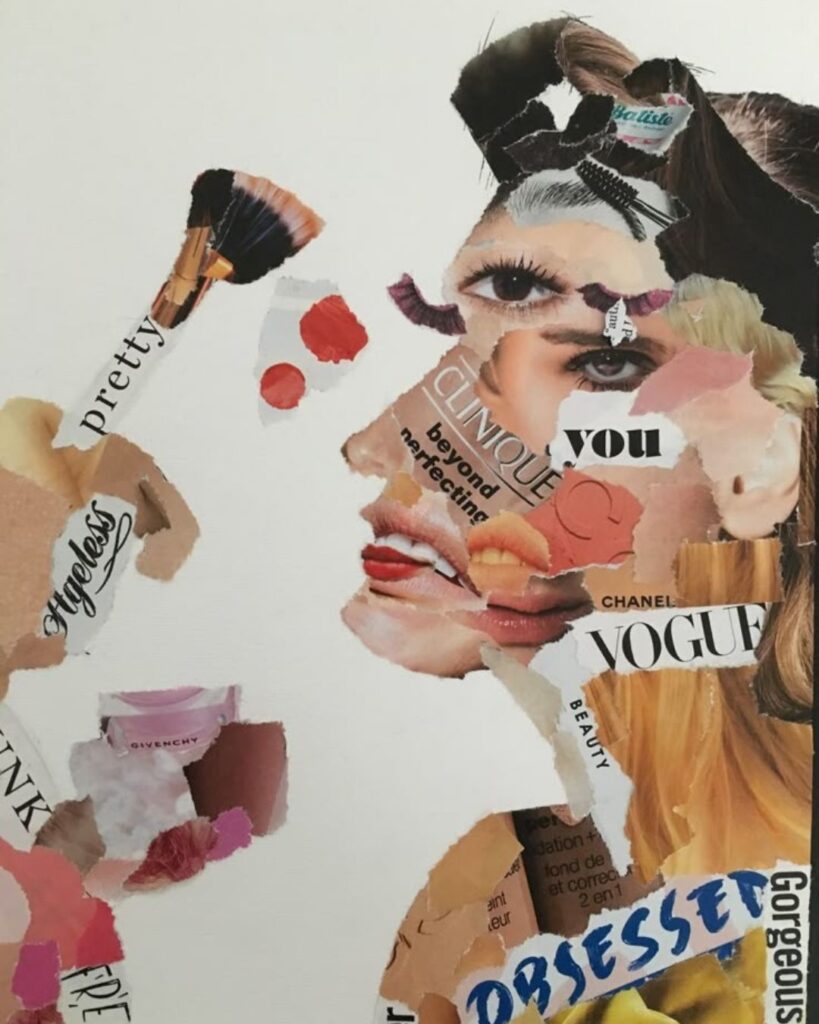
Let’s take the classic case: fairness creams. Fair & Lovely may now be Glow & Lovely, but the message remains, i.e., lighter is better, and dark skin [masked by the word dull] is something to work on.
From anti-aging ads that assume that a 26-year-old woman needs to reverse time, beauty brands are expert manipulators. It’s not just about looking good—it’s about looking good according to their terms.
Despite years of criticism, Indian beauty shelves (and minds) are still packed with products that equate fair skin with success, confidence, and marriageability. Global brands aren’t innocent either; L’Oréal, Nivea, and Olay have dipped their toes (and products) into this deeply problematic narrative.
Sure, they didn’t invent colorism, but they profited from it.
Now, let’s say you’ve got a pimple; you’ll need a spot corrector, a pimple patch, and spot-reducing cream for the after effects of popping one.
If you’ve got textured skin (aka real skin), you need an exfoliating tonic + 27 other routines [according to Google].
If your lashes aren’t touching the sky, you’re not doing enough with your life, and if they’re not voluminous, curled, and waterproof, are you even reaching your full potential as a woman who is just trying to make her way through life?
Let’s move forward with beauty brands’ all-time personal favourite body hair. One minute it’s natural, the next it’s unhygienic. Now it’s not just arms and legs, suddenly we need to shave every tiny, invisible hair off our face too! Enter the face razor era, paired with that weird facial hair identifier spray that ‘reveals’ all the hair on your cheeks and jawline. If the hair isn’t even visible to the naked eye, why are we acting like it’s urgent to remove it?
But that’s the trick. If you don’t notice a flaw, they’ll zoom in until you do. Then they’ll hand you a pastel-colored razor and call it self-care. What’s the truth? Whatever empties your pockets.
A Brief History of Selling Insecurities (Because Apparently, We’ve Been Doing It Since Forever)
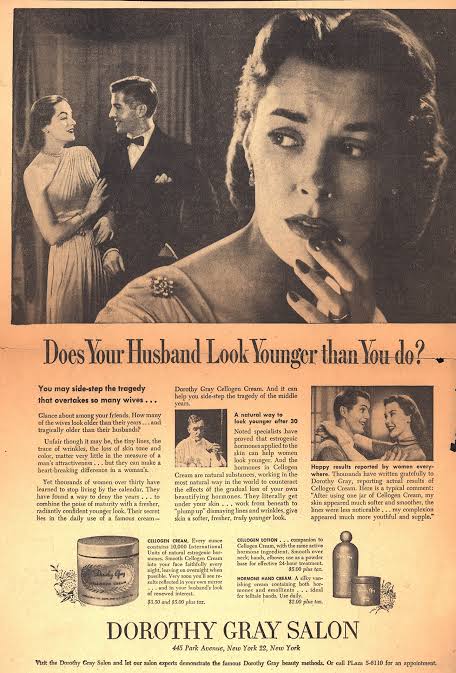
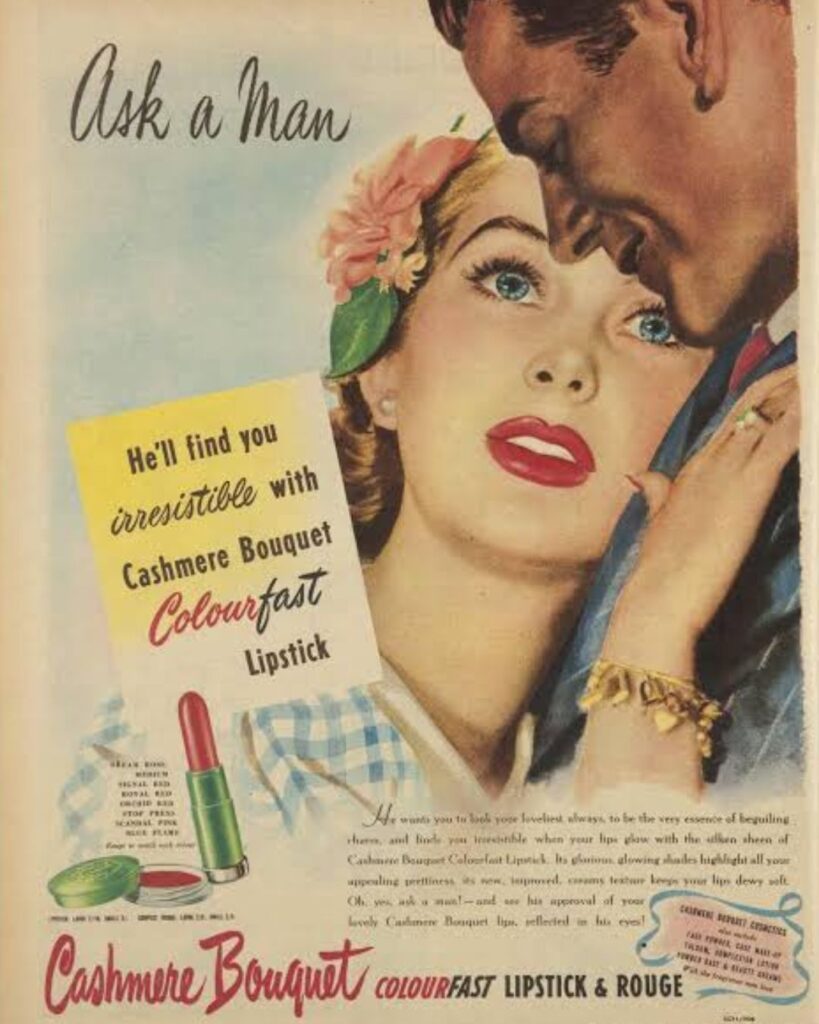
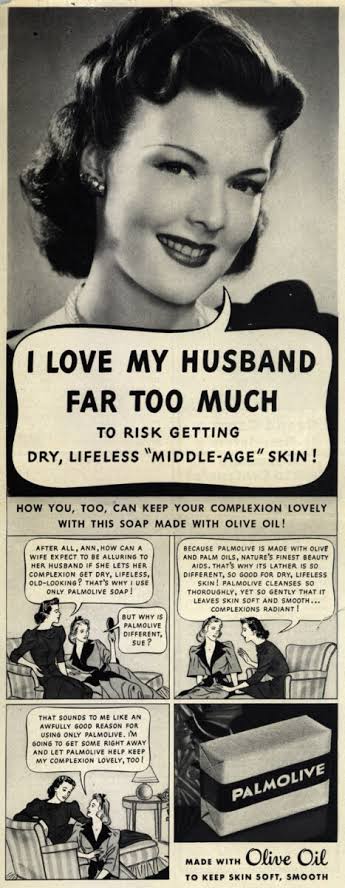
Before Instagram filters and airbrushed billboard models, beauty brands were already working hard to plant the seeds of self-doubt, one wrinkle, one pore, one imperfect feature at a time.
Back in the 1940s and ’50s, ads weren’t shy about spelling it out: you’re not pretty enough, and that’s probably why your husband doesn’t come home on time. Don’t believe it? Just look at Pond’s Cold Cream’s iconic campaign: “She’s engaged! She’s lovely! She uses Pond’s!” Translation: Don’t expect a ring unless you’re using their cream religiously. Another one hit even harder with “Does your husband look younger than you?” because aging gracefully is fine for men but a crime for women.
Haircare wasn’t any kinder. Clairol, one of the biggest hair dye brands of the time, ran a wildly successful campaign in the 1950s with the tagline: “Does she or doesn’t she?” as in, does she dye her hair? Encouraging the notion that your grays must be concealed so well that people can’t even notice. Between 1950 and the ’70s, the amount of women dyeing their hair skyrocketed because it was like God forbid you age naturally.
Even lipstick was not immune. A 1955 advertisement for Cashmere Bouquet instructed women to ask a man when picking lipstick because his opinion is more important than your own mirror.
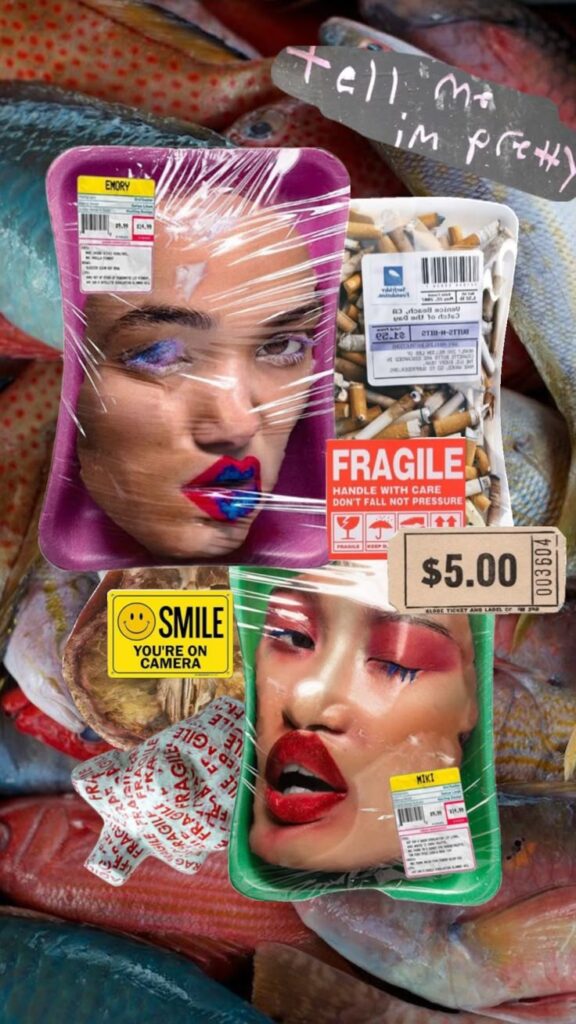
Influencers: The New Sales Force of Insecurity
Cut to the present age: social media influencers have been entrusted by brands- in heels, full glam, under natural light, with a ‘real talk’ caption- that you just need what they’re selling.
They’re relatable, they claim. They’re you. Except their ‘bare-faced’ reel remains filtered, sponsored, and curated. Their so-called honest reviews of products align with brand deals and affiliate links.
The worst part? It doesn’t feel like marketing anymore. It feels like advice from a friend. A friend who makes money every time you add to cart.
And here’s the irony: the industry that makes money off self-doubt now wants to lead the self-love movement. Every other campaign says, “Love yourself.”But what it really means is: Love yourself, but better, with our new skincare range. Self-love has been commercialized. What began as a movement in mental health has been turned into hashtags and influencer collaborations. Confidence is a commodity now. And like everything else in beauty, it has a price.
So, What Now?
Wearing makeup, following a skincare routine, or wanting to look good isn’t the issue. Women aren’t foolish for buying into beauty, they’re exhausted from constantly being told they’re not enough.
The real issue? The beauty industry profits from keeping that doubt alive. That pretends to fix things it helped break. They turn empowerment into a marketing campaign.
The next time a brand tells you you’re almost there, remember that you were never missing anything.
Thanks for reading, fr! Share if you like it enough. Follow us on Instagram & LinkedIn for more.

